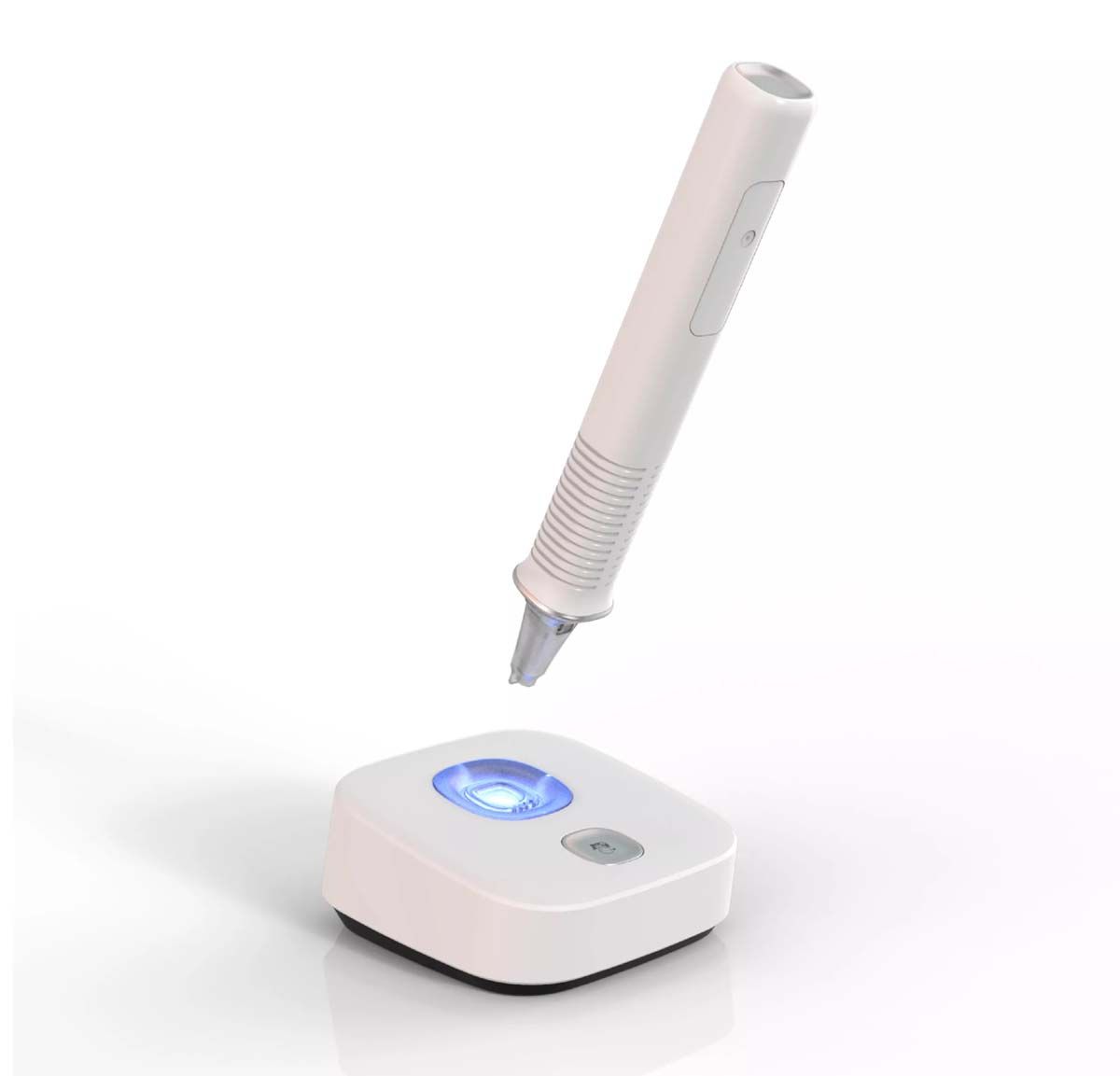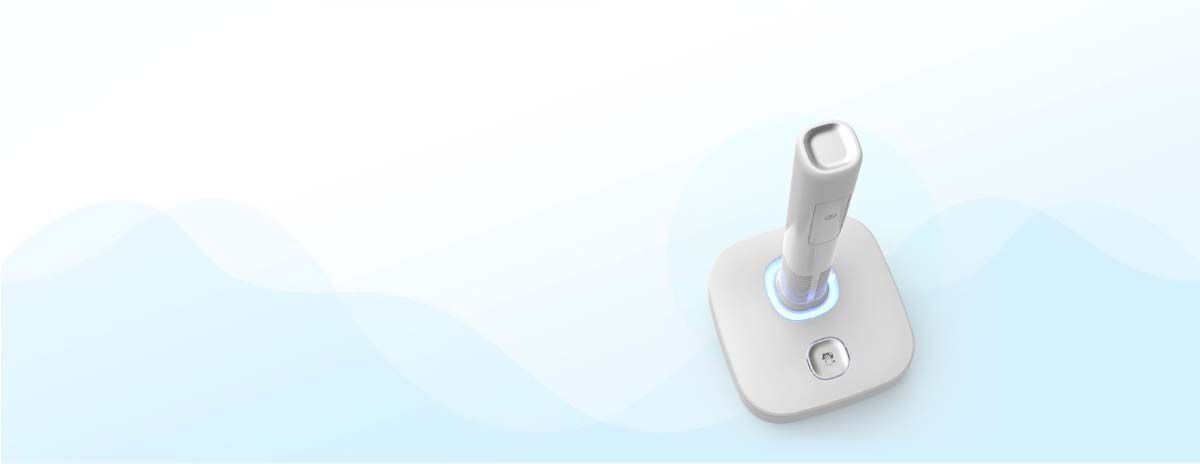AI-enabled InnerView Diagnostic Technology Receives FDA Clearance
Perimetrics granted clearance for the innovative diagnostic system’s hardware and for its use to measure damping characteristics of the periodontium and associated fixtures.
AI-enabled InnerView Diagnostic Technology Receives FDA Clearance: Credit: © Perimetrics, Inc

Powered by artificial intelligence (AI), Perimetrics’ InnerView® technology’s diagnostic system works by collecting and analyzing data generated by the internal micro movements in teeth. Perimetrics, Inc., just announced the U.S. Food and Drug Association has granted clearance for the InnerView device, including the wireless handpiece, charging base station and disposable tip with embedded smart chips. The company also received clearance for InnerView to measure the damping characteristic of the periodontium and its associated fixed structures including teeth and implants.
With InnerView clinicians will be able to detect and diagnose damage in teeth, damage which is currently invisible. In healthy teeth there are no internal micro movements; in damaged teeth, these micro movements are often caused by failing restorations, oblique cracks, vertical cracks, horizontal cracks and root cracks, all of which are impossible to visually or non-invasively diagnose. Although cracks occur often in “virgin”, unrestored dentition, they occur with far greater frequency in teeth which have had a dental procedure. The severity and consequences of these can range from minor, needing no immediate treatment; to severe, resulting in root canal therapy (RCT) or even tooth extraction.
InnerView, which is not yet available for use in the United States, also will diagnose tooth mobility because it detects movement of the overall tooth or implant mass. Increasing mobility, for either a tooth or implant, signals a potential problem. For example, healthy implants should have minimal movement due to the hardness of the surrounding bone into which they fuse (osseo-integrate). For a newly placed implant, increased mobility would indicate that the implant needs more healing time or could be failing. A tooth with increased mobility could indicate a deterioration of the periodontal ligament attachment from disease or trauma.
The AI software displays an easy-to-read patient diagnostic screen to assist practitioners for case treatment planning.
Using InnerView provides benefits to the patient such as:
- Confidence in diagnosis
- Early detection
- Non-Invasive—no pain and no radiation
- Fast: 3 seconds per tooth
- Inexpensive
- App to Patient Portal
“Tooth and implant mobility is a common issue I see in my practice,” says Cherilyn Sheets, DDS, director and co-founder of Perimetrics—who also is in private practice in Newport Beach, California—in a press release. “This indication will advance how we can diagnose mobility in teeth, helping clinicians improve patient outcomes once InnerView is brought to market.”
For the clinician, the technology is designed to provide: empowerment, the practice of “Wellness”, increased revenue, enhanced credibility, and dental Insurance Code – D0600 (Digital Diagnostics).
InnerView, which is not yet available for use in the United States, also will diagnose tooth mobility because it detects movement of the overall tooth or implant mass. Credit: © Perimetrics, Inc

How It’s Used
As a result of the system’s AI diagnostic capabilities and ease-of- use, InnerView has applications for all general practitioners, specialists and dental hygienists.
The system will integrate seamlessly into dental practice’s IT infrastructure, and since the handpiece can read a tooth in only 3 seconds, it fits easily into any hygiene or dental exam schedule.
The Disposable Tip with Smart Chip Technology
Designed for maximum infection control and to avoid issues with cross contamination, InnerView® requires that a fresh, single-use, disposable tip be attached to the tip of the handpiece prior to each new procedure. When the disposable tip, with embedded security chip, is placed onto the device, a “challenge and response” test is conducted via the software. After the tip has been verified as new and valid, it is immediately assigned to that particular patient for 1-hour of use. After 1-hour of use, the tip will be disabled for use and must be discarded.
The InnerView’s base station is described as sleek, low profile, ergonomically engineered and designed to reside on a countertop in each and every operatory. The handpiece is charged from “empty” to fully charged in just 4 hours.
The handpeice must be placed in the Base Station before each and every procedure. This notifies the InnerView software that a new disposable tip is required and also “pairs” the instrument to that specific operatory. This simple action prevents practitioners from moving InnerView into the wrong operatory and testing the wrong patient, according to the company.
It is portable and lightweight and can easily be cleaned—simply push the button on the base station and the rod automatically extends for quick disinfecting. The rod will auto-retract after 30 seconds, or the user can push the button a second time to retract the rod immediately. Additionally, the cloud-based AL platform is web-enabled, HIPAA compliant, and the wireless feature of the device makes it easy to transport from operatory to operatory and enables online software updates easily and seamlessly.